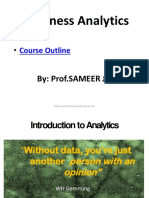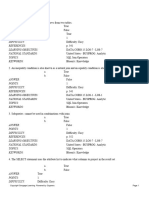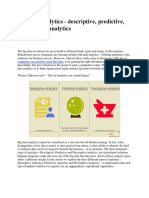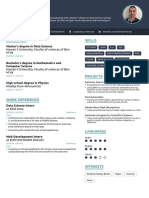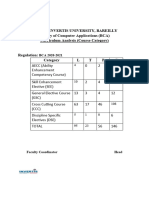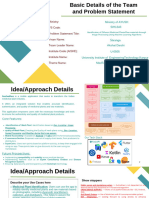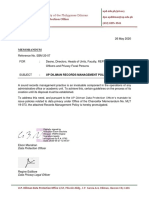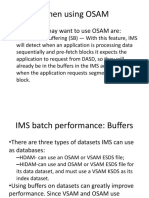0% found this document useful (0 votes)
131 views15 pagesFour Types of Data Analytics
The basics of obtaining, loading, and efficiently manipulating raw data from diverse sources to achieve business goals will be taught to learners, along with industry best practises for managing various forms of data, proper manipulation, and coding. They will experience first-hand real-world issues with non-trial datasets. The learner will leave this course with the abilities and resources needed to approach business data issues programmatically.
Uploaded by
Jenifer JenkinsCopyright
© © All Rights Reserved
We take content rights seriously. If you suspect this is your content, claim it here.
Available Formats
Download as PDF, TXT or read online on Scribd
0% found this document useful (0 votes)
131 views15 pagesFour Types of Data Analytics
The basics of obtaining, loading, and efficiently manipulating raw data from diverse sources to achieve business goals will be taught to learners, along with industry best practises for managing various forms of data, proper manipulation, and coding. They will experience first-hand real-world issues with non-trial datasets. The learner will leave this course with the abilities and resources needed to approach business data issues programmatically.
Uploaded by
Jenifer JenkinsCopyright
© © All Rights Reserved
We take content rights seriously. If you suspect this is your content, claim it here.
Available Formats
Download as PDF, TXT or read online on Scribd
/ 15











